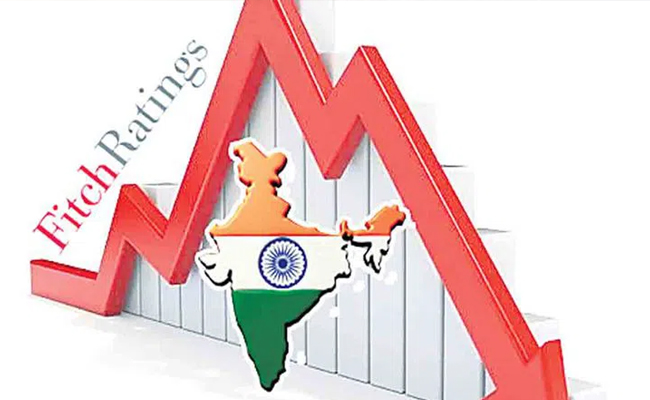
India

Global credit rating agency Fitch Ratings has slashed India's GDP growth forecast for the upcoming 2025–26 fiscal year to 6.4%, a cut of 10 basis points from its earlier estimate. Similarly, for the current fiscal year (2024–25), Fitch now expects growth at 6.2%, down from 6.3%.
This downward revision aligns with several other agencies like the Reserve Bank of India (RBI), Moody's, and S&P, which have also recently revised their projections. Notably, the RBI reduced its growth forecast to 6.5% from 6.7%, citing inflationary pressures and global uncertainties.
Why the Cut?
Fitch attributes the revision mainly to global trade tensions and geopolitical uncertainties, particularly those stemming from former U.S. President Donald Trump’s retaliatory tariffs, which have reignited fears of a tariff war. While India hasn't been directly affected by these tariffs yet, the global economy remains highly interconnected, and friction between the U.S. and China has ripple effects across developing markets like India.
Even though some countries currently enjoy a 90-day exemption from new tariffs, uncertainty looms large, especially with trade agreements still pending. By July, tariffs could begin to bite harder if resolutions aren’t reached. These global tensions have significantly influenced Fitch's global outlook, leading to a 0.4% cut in global GDP and a 0.5% cut in both U.S. and Chinese growth estimates.
Key Sectors Under Stress
India’s internal economic indicators are not promising either. Due to weakened consumer spending, several core sectors are feeling the heat:
Manufacturing has underperformed, with the Index of Industrial Production (IIP) falling to a 6-month low of 2.9% in February.
Output in mining and electricity sectors also disappointed.
Sectors such as pharmaceuticals, textiles, steel, and chemicals are now under pressure due to both domestic slowdown and export uncertainties tied to Trump-era tariffs.
Adding to the woes is a muted market demand, which, combined with looming tariff threats, is creating fears of a potential recession-like situation—just when global economies were beginning to recover post-pandemic.
Advertisment